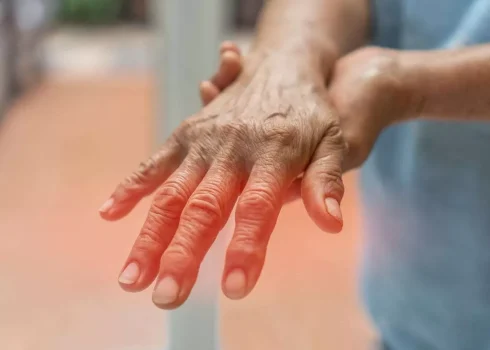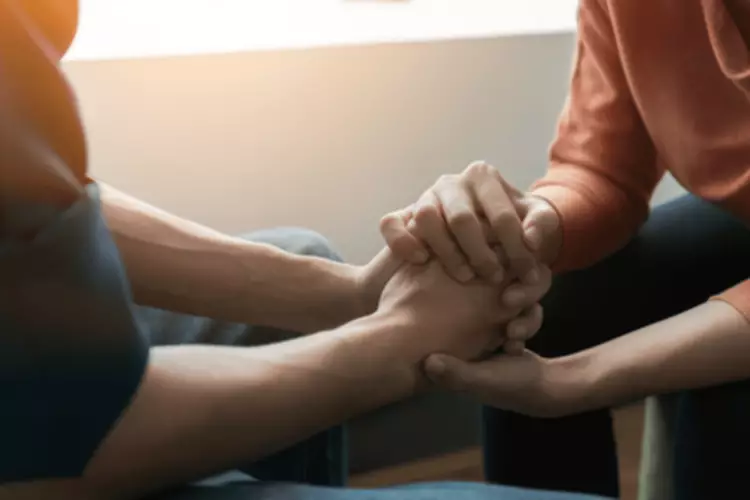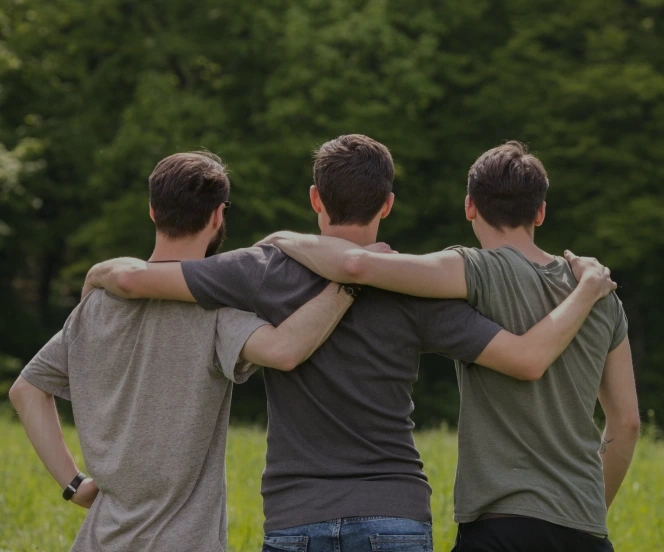What Are Relapse Triggers: Internal Vs External Relapse Triggers
Mục lục
These triggers have led to extreme discomfort, family conflict, onset of illness, worsening of symptoms, episodes and hospitalizations. Smooth and gradual transition from a higher to lower level of care can additionally facilitate recovery, as it gives the patient time to adapt. To identify what things could be triggers, a good place to start is making a list of people, places, and things that were prevalent in active addiction. People can have a sponsor, sober support, or therapist help them create a list. Once a list is made, the next thing to do is to decide what boundaries need to be set. They can be a wide range of things, such as a social situation to something shown in a movie.
Managing External Triggers
Failure to address and maintain these triggers during the recovery process only serves to increase the risk of relapse. Internal triggers are thoughts and emotions that can cause cravings to use. Internal triggers can be more difficult to manage than external triggers as you cannot physically separate yourself from your thoughts and emotions. Internal triggers are often negative emotions and thoughts, but they can also be positive feelings such as joy or confidence as well. Addiction relapse triggers in drug and alcohol abuse recovery are quickly becoming a major concern for inpatient and outpatient treatment addicts. Substance abuse triggers are internal and external cues that cause a person in recovery to crave drugs and often relapse or lapse.
Top 10 Common Relapse Triggers
If there are many alternative routes to get around that do not take you past a location that triggers you, you should avoid those locations. It often starts with strong emotions that make you neglect your physical and psychological well-being. Then, you might begin https://ecosoberhouse.com/ to justify why and how you can use again in a more controlled way. The behavior that emerges after a trigger can range from relatively minimal (crying) to serious (acts of violence). Someone exposed to a trigger may experience impaired judgment or awareness.
Stress Triggers Relapse
A trigger can be anything that activates or worsens the symptoms of a mental health condition, such as obsessive compulsive disorder (OCD) or substance use disorder. For example, if you used drugs every time you were with a specific group of people, you might feel triggers whenever you’re in the same social internal and external triggers situation. If you always cracked open a beer after you came home from work, took off your shoes and sat down in front of the TV, that routine may give you the urge to drink. One of the cornerstones of treatment options for addiction recovery is education about triggers and healthy ways to cope with them.
Developing coping strategies for emotional factors and skills to navigate environmental triggers is crucial. Triggers are social, environmental or emotional situations that remind people in recovery of their past drug or alcohol use. While triggers do not force a person to use drugs, they increase the likelihood of drug use. The National Institute on Drug Abuse (NIDA) reports that 40 to 60 percent of people treated for substance use disorders relapse.
Whole Health Library
Some people might become triggered by trying to identify their triggers. Therefore, before you take steps to identify your triggers, ensure you have a safety plan in place in case you experience some distress. As a result of this increased awareness, your emotional reactions may feel more understandable, valid, predictable, and less out of control. You can do this process on your own, but working with a mental health professional can be helpful. Your therapist can help you figure out your triggers and come up with a plan for how to deal with your PTSD symptoms.
- It is essential to keep in mind that while many triggers result from negative events or experiences, positive events or experiences can also trigger a relapse.
- There are two main types of triggers that can start someone towards the path of relapse.
- This could include avoiding certain people or places or engaging in activities that help to distract.
- Cocaine and several other illicit drugs also boost levels of dopamine.
- While triggers do not force a person to use drugs, they increase the likelihood of drug use.
External triggers often happen in situations you can remove yourself from, but that doesn’t make them any less difficult to deal with, nor is it always the case. You may have to try several strategies before finding what works best for you. If you’re ready to seek help, you can visit Psych Central’s guide to finding mental health support. While triggers can often tempt those in recovery to use substances, you can overcome them by learning to cope. You may want to let your loved ones know what you’re going through and how you plan on coping. When you face triggers, your support system can help you quickly change your environment.
Finding Family Support Groups for Addiction
- For example, they may not be able to control their thoughts or how they feel.
- For example, most celebrations involve substance use among-st friends and family.
- For example, powdered sugar or artificial sweetener, which resembles powdered drugs, can be a powerful trigger for people who used cocaine, methamphetamines, or heroin.





